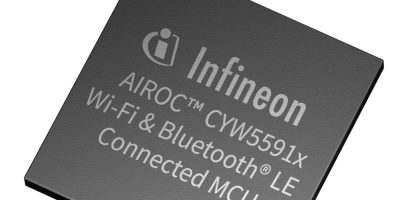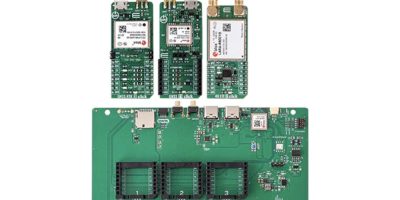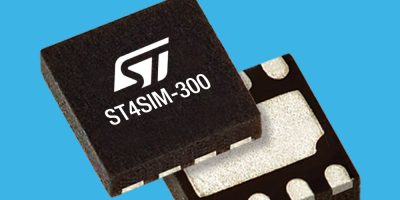dSPACE, and an Amazon Web Service (AWS) Automotive Competency Partner, is developing an advanced scenario generation solution by leveraging generative AI technologies from Amazon Web Services (AWS).
The new scenario generation feature, which dSPACE is developing with support from the AWS Generative AI Innovation Centre, will be integrated into the dSPACE portfolio for SIL/HIL testing and data-driven development. It is based on a large language model (LLM) available on Amazon Bedrock and retrieval-augmented generation (RAG) architecture, which leverages scenario data provided by dSPACE. As a result, users will be able to easily create a vast number of complex and realistic scenarios, including edge cases according to the ASAM OpenSCENARIO standard, simply by entering a textual scenario description. This allows automotive manufacturers and suppliers to simulate and validate their autonomous driving systems more comprehensively and efficiently, reducing the time and cost associated with physical prototyping and testing.
dSPACE’s collaboration with AWS and the integration of generative AI technologies into dSPACE products pave the way for more comprehensive and efficient validation pipelines, ultimately contributing to safer autonomous vehicles.







